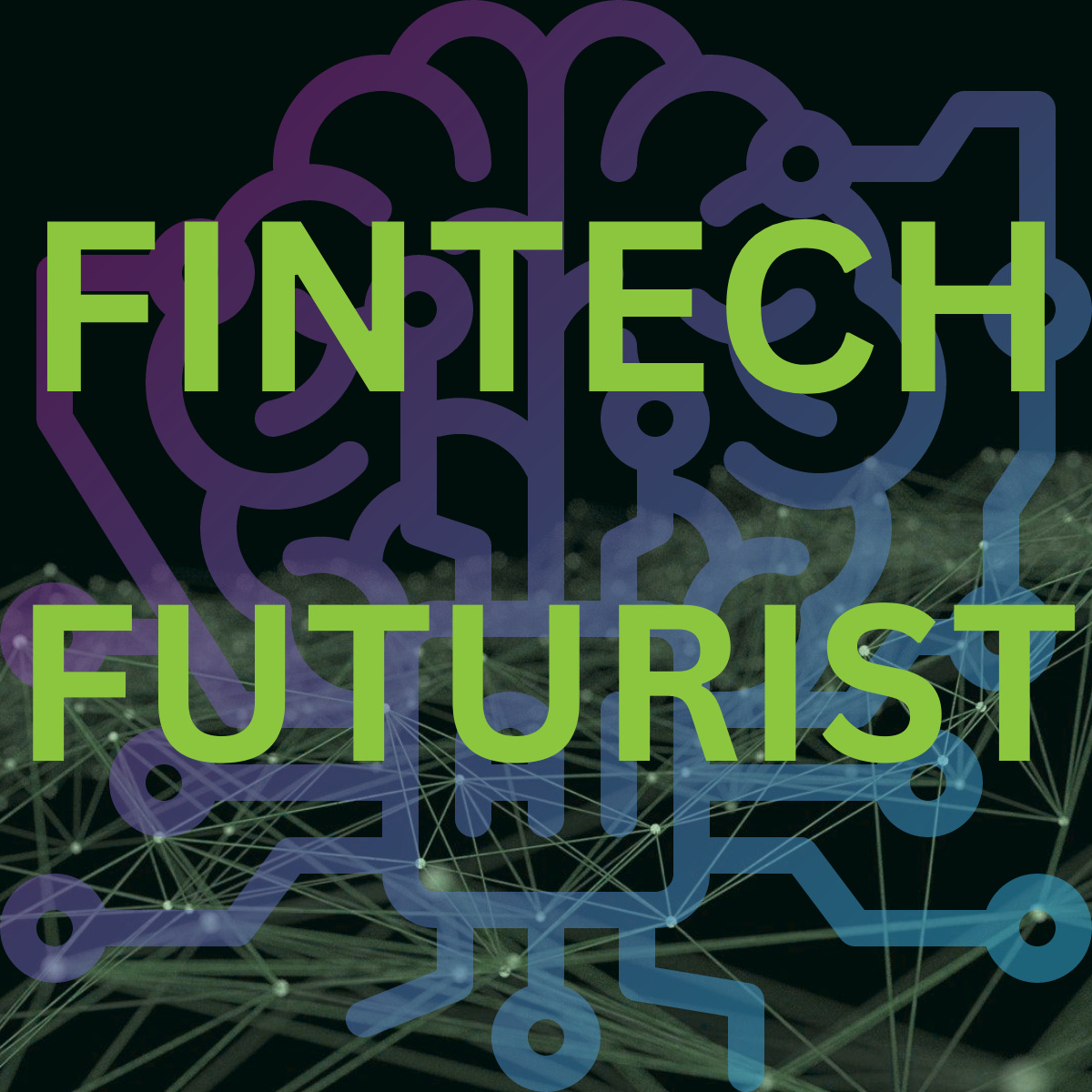
FinTech Futurist
Providing daily news and updates into the world of Finance, Artificial Intelligence, and FinTech Regulation!
By registering you agree to Substack's Terms of Service, our Privacy Policy, and our Information Collection Notice

Providing daily news and updates into the world of Finance, Artificial Intelligence, and FinTech Regulation!